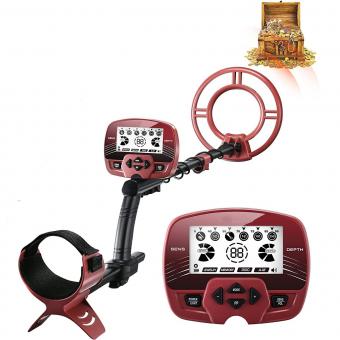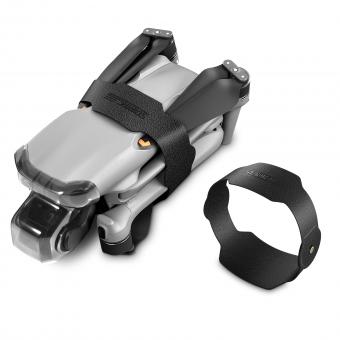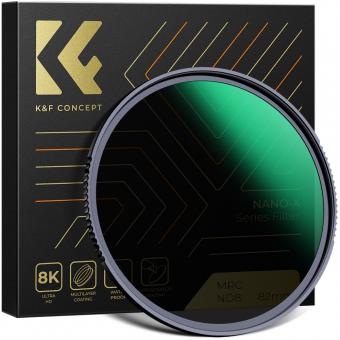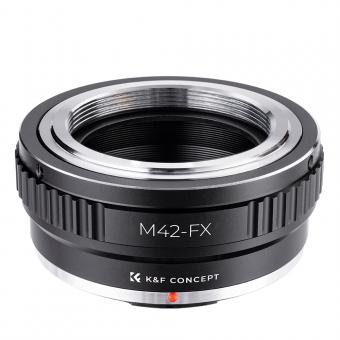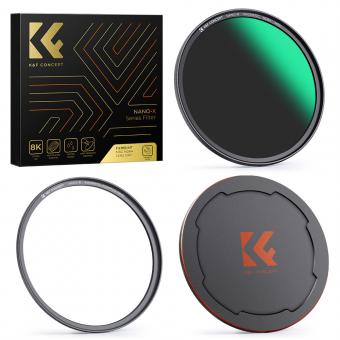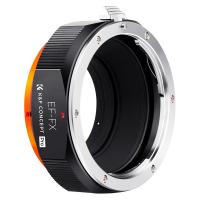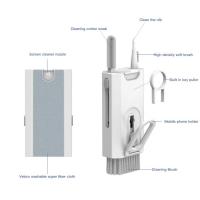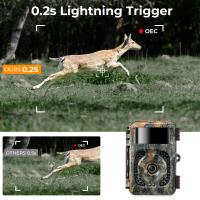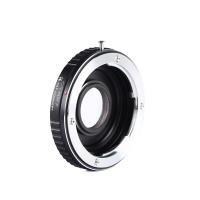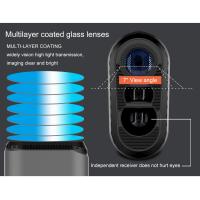What Is Endoscopic Endonasal Surgery ?
Endoscopic endonasal surgery is a minimally invasive surgical technique used to access and treat various conditions within the skull and nasal cavity. It involves the use of an endoscope, a thin tube with a light and camera at its tip, which is inserted through the nostrils to provide a direct view of the surgical area. This approach eliminates the need for external incisions and allows surgeons to navigate through the natural openings of the nose to reach the target area.
Endoscopic endonasal surgery is commonly used to treat conditions such as pituitary tumors, skull base tumors, sinus disorders, and cerebrospinal fluid leaks. The procedure offers several advantages over traditional open surgery, including reduced trauma to surrounding tissues, shorter hospital stays, faster recovery times, and improved cosmetic outcomes. It is typically performed by a multidisciplinary team of surgeons, including neurosurgeons and otolaryngologists, who work together to ensure the best possible outcomes for patients.
1、 Definition and Overview of Endoscopic Endonasal Surgery
Endoscopic endonasal surgery is a minimally invasive surgical technique used to access and treat various conditions within the skull and nasal cavity. It involves the use of an endoscope, a thin, flexible tube with a light and camera at its tip, which is inserted through the nostrils to provide a direct view of the surgical site.
This approach allows surgeons to access areas that were previously difficult to reach without the need for external incisions or extensive bone removal. The endoscope provides a magnified and high-definition view of the surgical field, enabling precise visualization of anatomical structures and pathology.
Endoscopic endonasal surgery is commonly used to treat conditions such as pituitary tumors, skull base tumors, cerebrospinal fluid leaks, and sinus disorders. It offers several advantages over traditional open surgery, including reduced trauma to surrounding tissues, shorter hospital stays, faster recovery times, and improved cosmetic outcomes.
In recent years, there have been advancements in endoscopic endonasal surgery techniques, including the use of image guidance systems and intraoperative navigation. These technologies enhance the accuracy and safety of the procedure by providing real-time imaging and guidance during surgery.
Additionally, there has been a growing interest in the application of endoscopic endonasal surgery for the treatment of certain neurological conditions, such as epilepsy and certain types of brain tumors. This expanding field of neuroendoscopy holds promise for less invasive and more effective treatment options.
Overall, endoscopic endonasal surgery has revolutionized the field of skull base and nasal cavity surgery, offering patients a less invasive and more precise approach to treatment. Ongoing research and technological advancements continue to improve outcomes and expand the scope of this surgical technique.
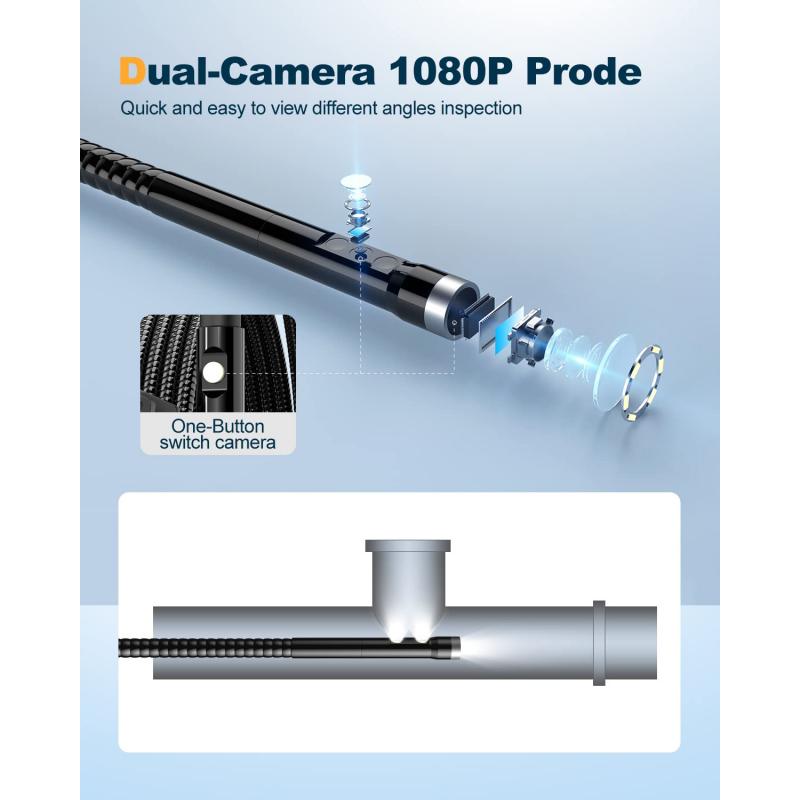
2、 Indications and Applications of Endoscopic Endonasal Surgery
Endoscopic endonasal surgery (EES) is a minimally invasive surgical technique that allows surgeons to access and treat various pathologies within the skull and nasal cavity. It involves the use of an endoscope, a thin tube with a light and camera at its tip, which is inserted through the nostrils to provide a direct view of the surgical site.
EES has revolutionized the field of skull base surgery by providing a less invasive alternative to traditional open approaches. It offers several advantages, including reduced trauma to surrounding tissues, shorter hospital stays, faster recovery times, and improved cosmetic outcomes. The technique can be used to treat a wide range of conditions, including tumors, cysts, infections, and malformations affecting the skull base and nasal cavity.
Indications for EES include pituitary tumors, meningiomas, craniopharyngiomas, chordomas, and other skull base tumors. It is also used for the treatment of cerebrospinal fluid leaks, sinus diseases, and certain vascular abnormalities. EES can be performed in collaboration with other surgical specialties, such as neurosurgery, otolaryngology, and ophthalmology, to address complex cases involving multiple structures.
The latest point of view regarding EES emphasizes its role in achieving maximal tumor resection while minimizing complications. Advances in imaging techniques, such as high-resolution MRI and intraoperative navigation systems, have improved the accuracy and safety of EES. Additionally, the development of new surgical instruments and techniques, such as skull base reconstruction using grafts and flaps, has expanded the applications of EES.
In conclusion, endoscopic endonasal surgery is a minimally invasive technique that has revolutionized the field of skull base surgery. It offers numerous advantages and can be used to treat a wide range of pathologies. With ongoing advancements in technology and surgical techniques, EES continues to evolve and improve patient outcomes.

3、 Surgical Technique and Instruments Used in Endoscopic Endonasal Surgery
Endoscopic endonasal surgery is a minimally invasive surgical technique used to access and treat various conditions within the skull and nasal cavity. It involves the use of an endoscope, a thin, flexible tube with a light and camera at its tip, which is inserted through the nostrils to provide a direct view of the surgical site.
This approach allows surgeons to access areas that were previously difficult to reach without the need for external incisions or extensive bone removal. It is commonly used to treat conditions such as pituitary tumors, skull base tumors, cerebrospinal fluid leaks, and sinus disorders.
During the procedure, the surgeon navigates through the nasal passages and sinuses using specialized instruments. These instruments are designed to remove tumors, repair defects, and reconstruct the affected areas. The use of high-definition cameras and advanced imaging technology provides the surgeon with a detailed view of the surgical field, enhancing precision and reducing the risk of complications.
One of the key advantages of endoscopic endonasal surgery is its ability to minimize trauma to surrounding structures. By accessing the surgical site through the natural nasal passages, there is no need for external incisions or the need to move or manipulate the brain. This results in reduced pain, shorter hospital stays, and faster recovery times for patients.
The field of endoscopic endonasal surgery is constantly evolving, with advancements in technology and surgical techniques. For example, the use of 3D endoscopy and virtual reality simulation has improved the visualization and planning of surgeries. Additionally, the development of specialized instruments, such as robotic-assisted systems, has further enhanced the precision and safety of the procedure.
In conclusion, endoscopic endonasal surgery is a minimally invasive technique that allows surgeons to access and treat various conditions within the skull and nasal cavity. It offers numerous benefits to patients and continues to evolve with advancements in technology and surgical techniques.

4、 Advantages and Limitations of Endoscopic Endonasal Surgery
Endoscopic endonasal surgery is a minimally invasive surgical technique used to access and treat various conditions within the skull and nasal cavity. It involves the use of an endoscope, a thin tube with a light and camera at the end, which is inserted through the nostrils to provide a direct view of the surgical site.
The advantages of endoscopic endonasal surgery are numerous. Firstly, it eliminates the need for external incisions, resulting in reduced pain, scarring, and a faster recovery time compared to traditional open surgery. Additionally, the endoscope provides a magnified and detailed view of the surgical area, allowing for precise and accurate surgical maneuvers. This technique also allows for better visualization of critical structures, such as nerves and blood vessels, reducing the risk of damage during surgery. Moreover, endoscopic endonasal surgery can be used to treat a wide range of conditions, including pituitary tumors, skull base tumors, sinus disorders, and cerebrospinal fluid leaks.
However, there are limitations to endoscopic endonasal surgery. One limitation is the learning curve associated with mastering this technique, as it requires specialized training and expertise. Additionally, not all patients are suitable candidates for endoscopic endonasal surgery, particularly those with extensive disease involvement or complex anatomical variations. In some cases, traditional open surgery may still be the preferred approach. Furthermore, there is a risk of complications, such as bleeding, infection, and damage to surrounding structures, although these risks are generally low when performed by experienced surgeons.
The latest point of view on endoscopic endonasal surgery emphasizes the continuous advancements in technology and surgical techniques, which have further improved the outcomes and expanded the indications for this approach. For example, the use of intraoperative navigation systems and 3D imaging has enhanced the precision and safety of the procedure. Additionally, the development of specialized instruments and surgical robots has allowed for more complex surgeries to be performed endoscopically. These advancements have led to improved patient outcomes, reduced morbidity, and expanded the scope of conditions that can be effectively treated with endoscopic endonasal surgery.
In conclusion, endoscopic endonasal surgery is a minimally invasive technique that offers several advantages, including reduced pain, scarring, and faster recovery. However, it is not suitable for all patients and requires specialized training. The continuous advancements in technology and surgical techniques have further improved the outcomes and expanded the indications for this approach.


